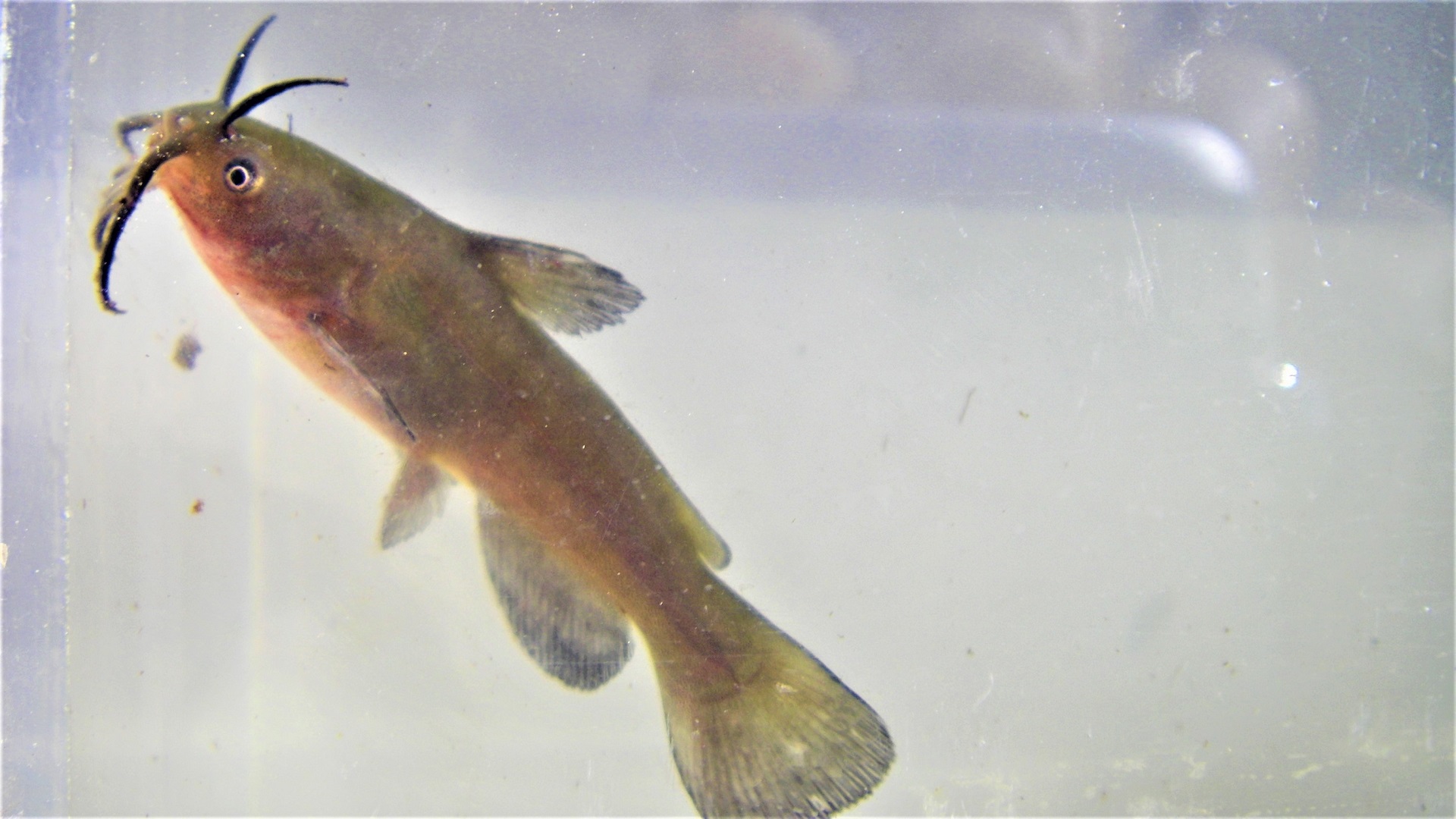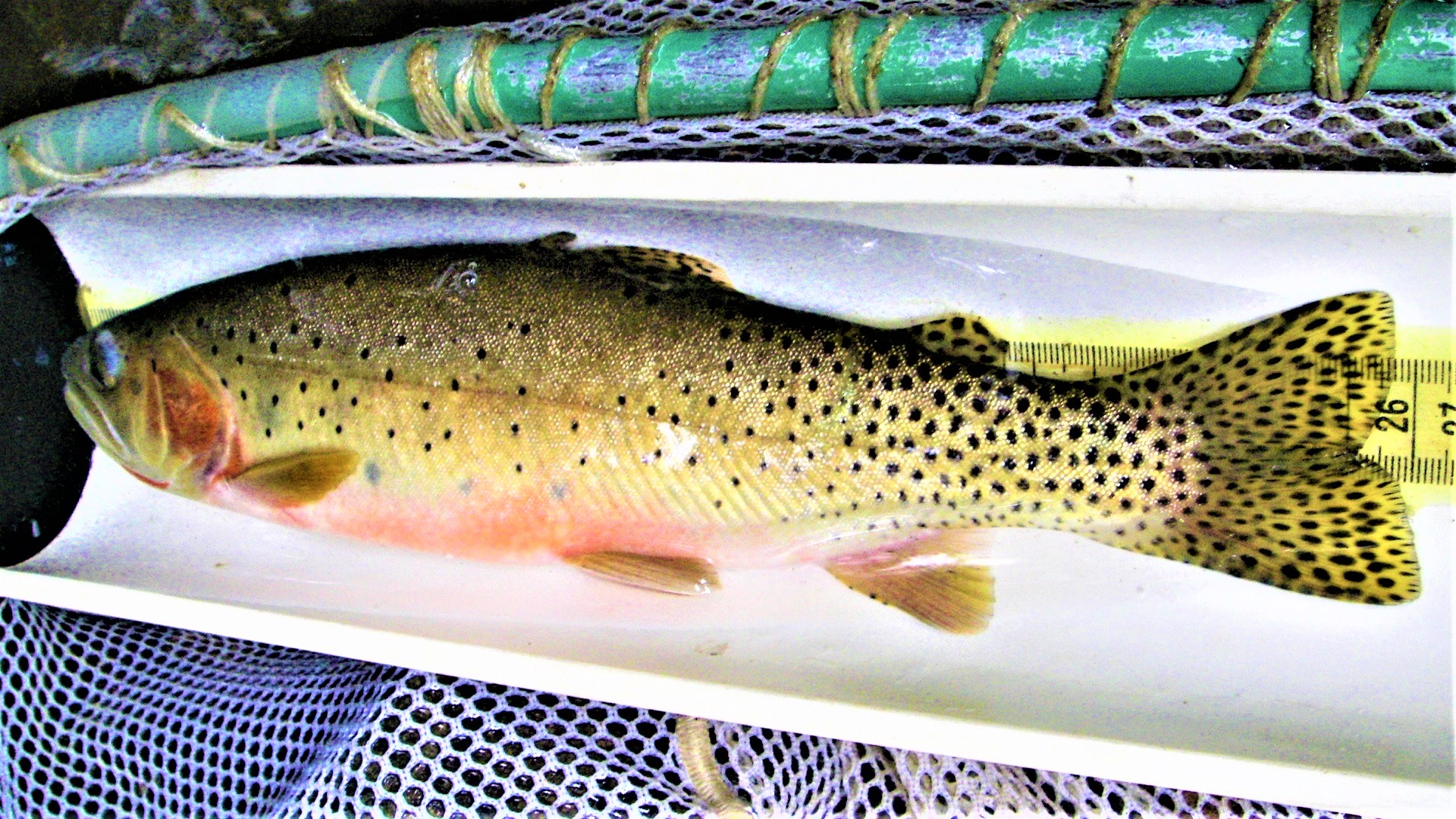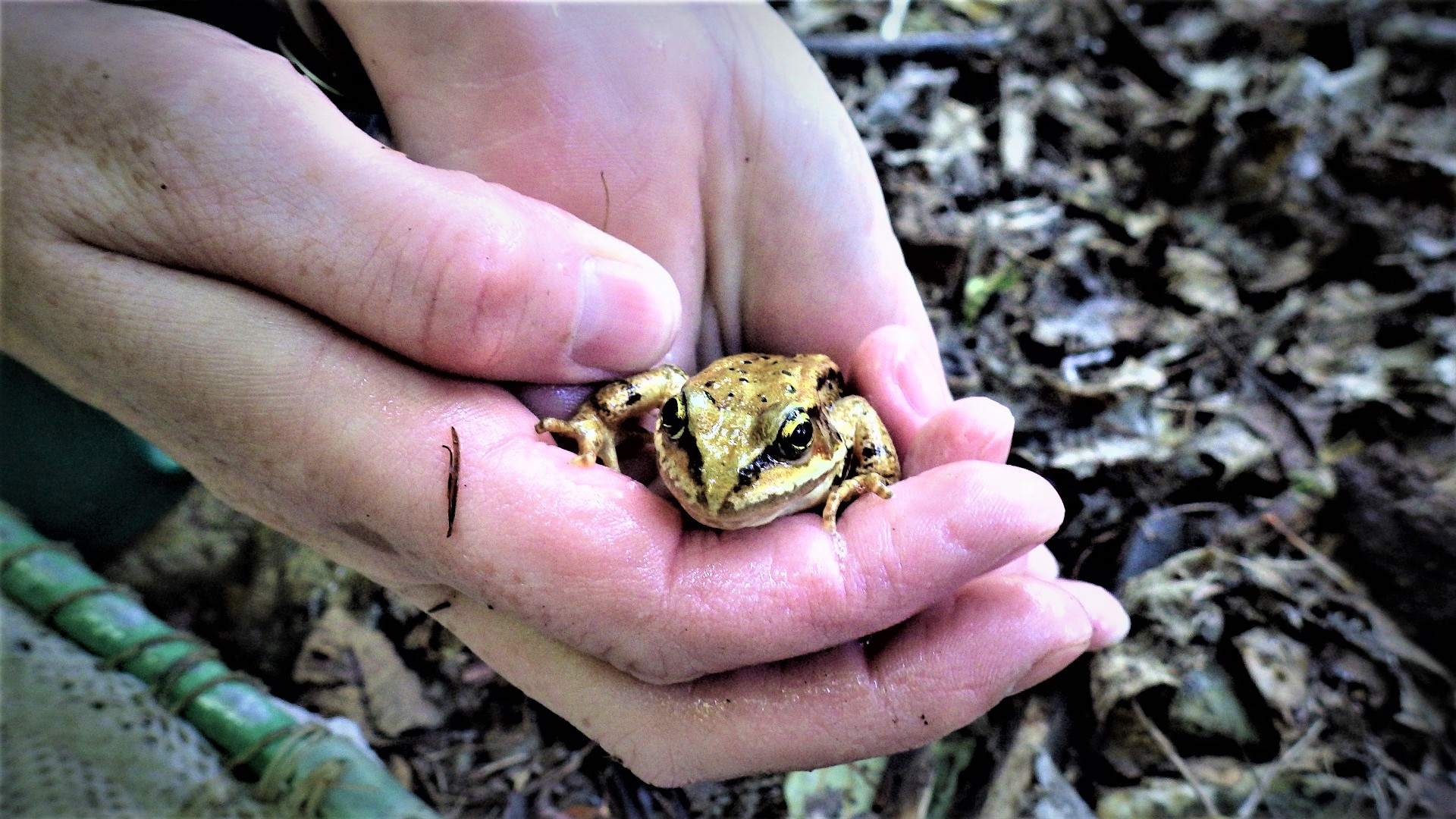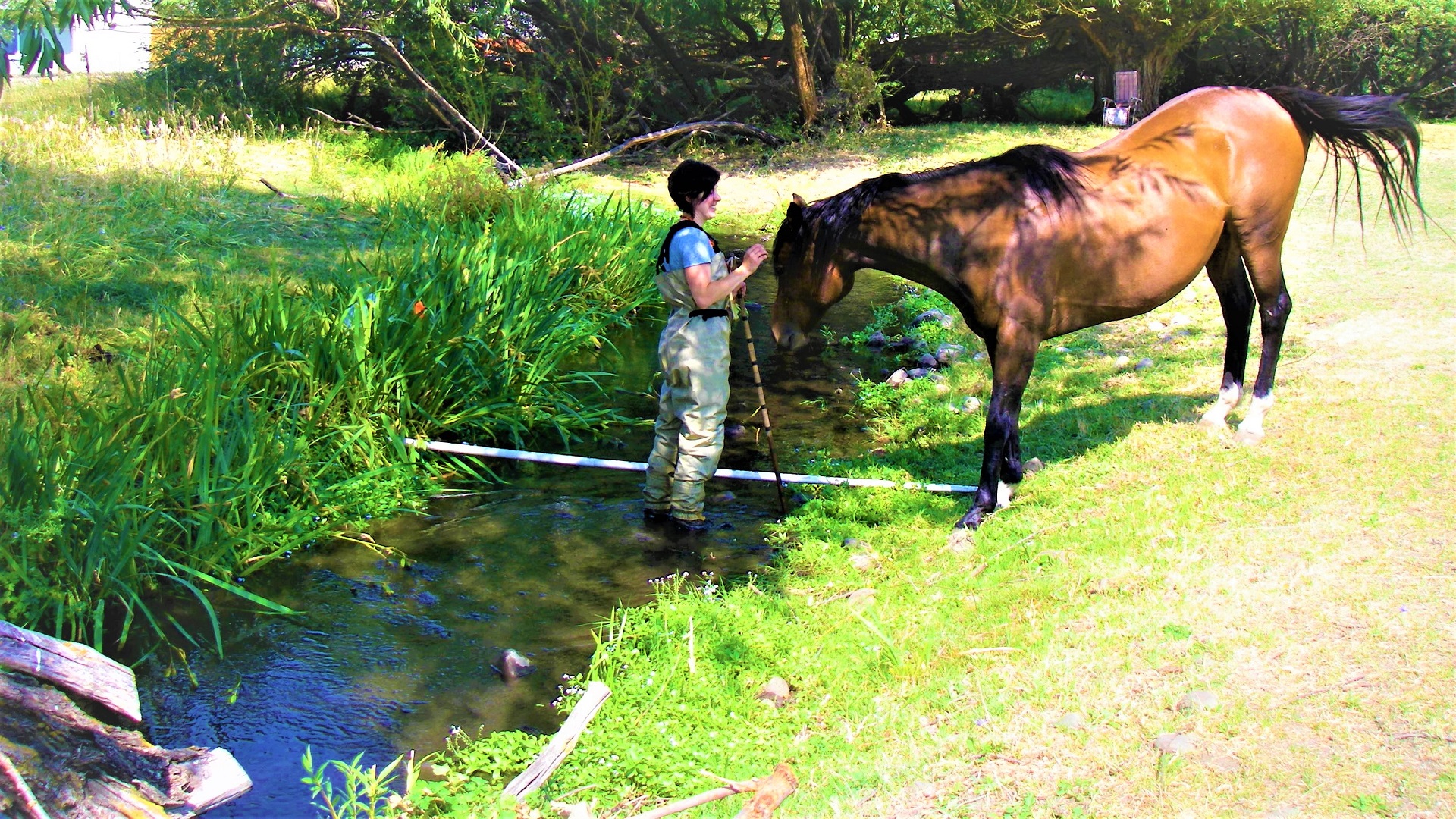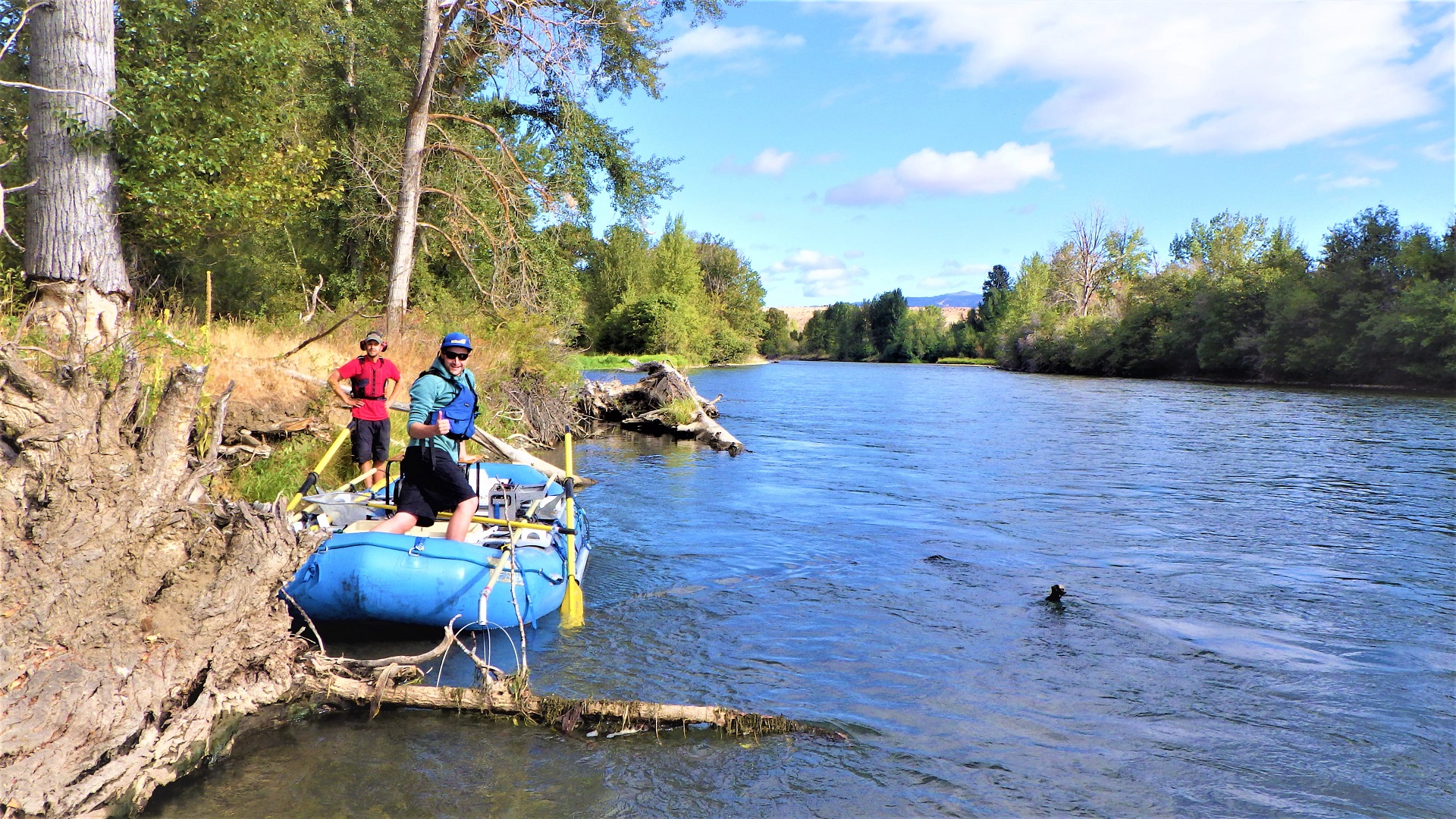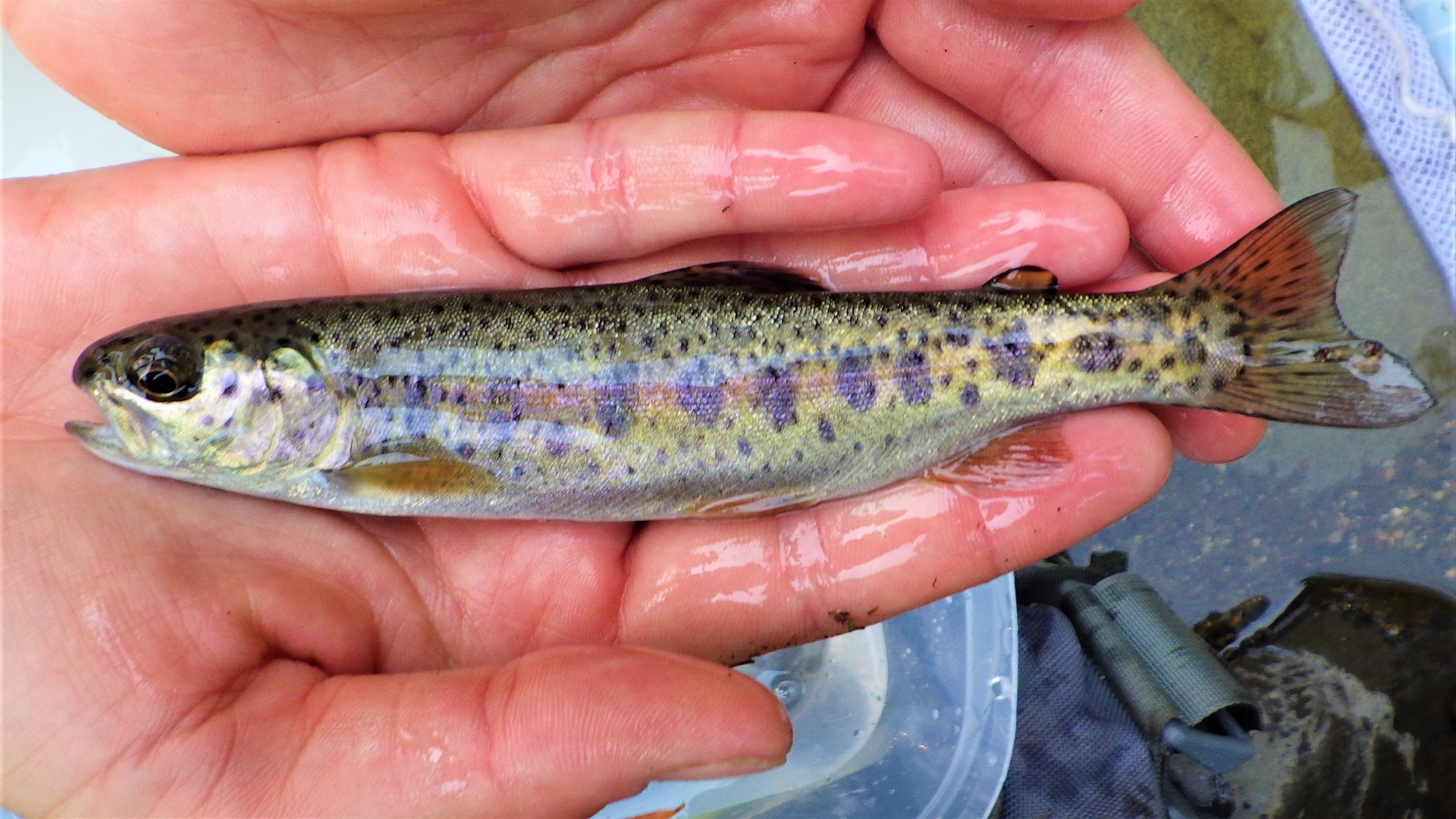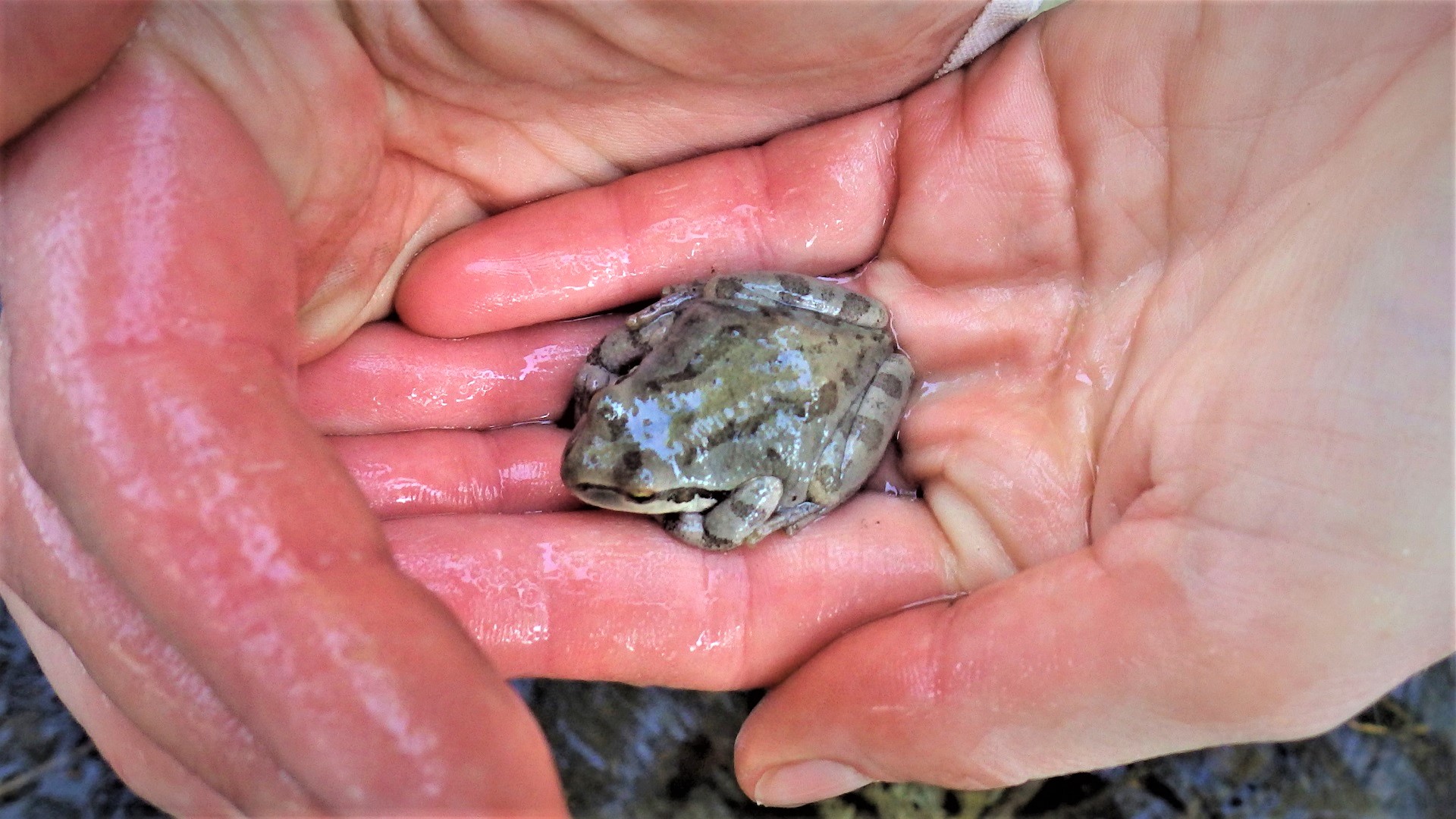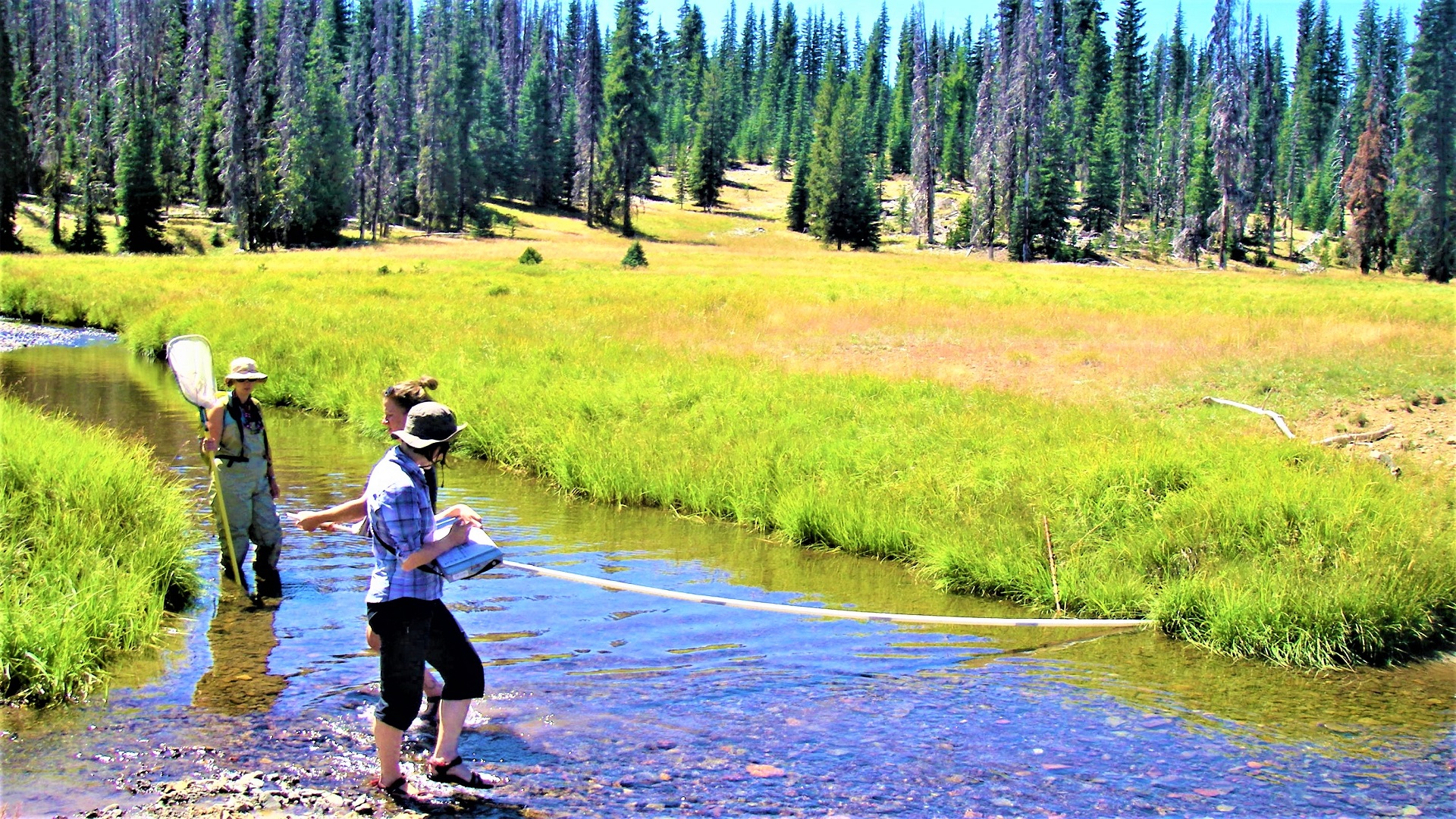Watershed health — Mid-Columbia update
We investigated the health of stream habitats in the Mid-Columbia Status and Trends Region in 2011 and 2015. From these study years, the region showed streams to be in mostly good biological condition, but also showed more stream distance as rated poor for collected indicators.

Use the map to navigate our reports by Status and Trends Region.
Regional summary
- Benthic Index of Biotic Integrity scores in the Mid-Columbia Region show that a majority of streams are in good biological condition.
- The most prevalent indicators for streams in the Mid-Columbia Region were higher phosphorous concentrations, a higher proportion of sand/fines, and low canopy cover.
Biological condition
Invertebrate biological condition of streams did not change substantially from 2011 to 2015 in the Mid-Columbia Region. For both rounds of sampling, most streams had good B-IBI ratings. The proportion of streams in poor condition decreased, and those in fair condition increased. These are positive trends that will require more data to validate.
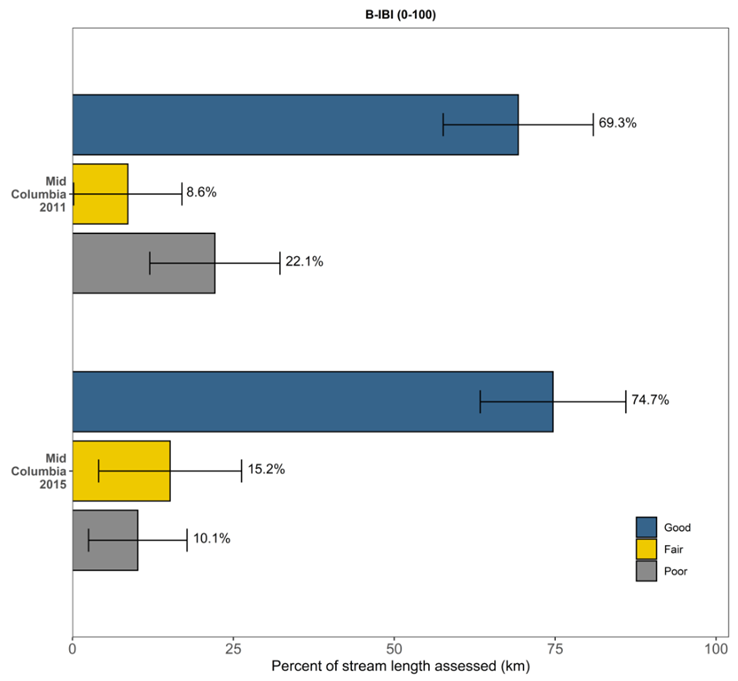
We used B-IBI ratings from 2011 and 2015 to obtain the percentage of stream kilometers in good, fair, and poor conditions for the Mid-Columbia Region. Error bars represent 95% confidence intervals.
Physical and chemical indicators
Comparing 2011 to 2015, every indicator increased the percentage of stream kilometers in poor condition. In 2015, bed stability and the proportion of sand or fine substrate were reported in poor condition for greater that 50 percent of the streams in the Mid-Columbia Region. Additionally, fish cover, wood volume, and phosphorus levels were in poor condition for greater than 40 percent of total stream kilometers in 2015.
To interact with this graph and learn more about these physiochemical indicators, hold your mouse over each bar.
This interactive graph shows the percentage of stream kilometers assessed with poor physiochemical conditions in the Mid Columbia Region for 2011 and 2015. The x-axis represents the percentage of river extent in poor condition. Error bars show 95 percent confidence intervals.


